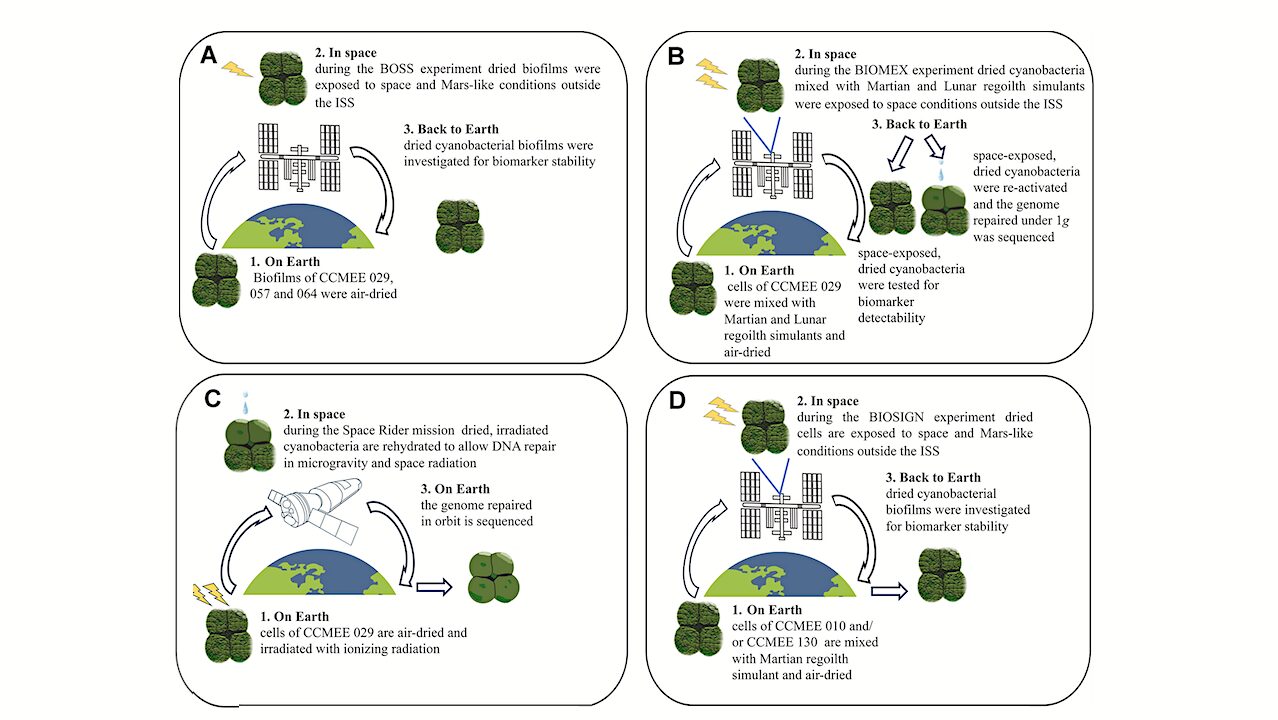Recent advancements in quadrupedal robot locomotion have led to a new kinodynamic optimization approach aimed at enhancing navigation on challenging terrains, such as steep slopes and uneven surfaces. Traditional quadrupedal robots often struggle with motion planning due to their reliance on coarse strategies and reactive responses to terrain irregularities. This new study, authored by Qi Li, Lei Ding, and Xin Luo, addresses these limitations and proposes a more sophisticated method for improving robotic movement.
Addressing Terrain Challenges
The study highlights that navigating difficult terrains requires a combination of precise motion planning and high-refresh-rate control. Conventional methods tend to generate suboptimal motions that can disrupt locomotion rhythm, making them less effective in real-world applications. The researchers identified various shortcomings in existing techniques, such as the separation of foothold selection from torso motion planning, leading to difficulties in adhering to joint limits and avoiding collisions. Moreover, short-horizon optimization methods are often incapable of producing rhythmic and efficient movements over extended distances.
The proposed kinodynamic optimization approach formulates the robot’s motion planning as an optimization problem, focusing on long-horizon predictions of both kinematic and dynamic behaviors. This method treats the positions of the feet, contact forces, and torso motions as interconnected decision variables. The objective function aims for smooth motion while minimizing energy consumption, addressing crucial performance factors in robotic locomotion.
Innovative Optimization Framework
To effectively implement this optimization framework, the researchers utilized an anteroposterior sequence (APS) parameterization to describe gait patterns. This allows for real-time determination of each leg’s contact state. The study employs a simplified dynamic model that represents the quadrupedal robot as a rigid torso connected to four massless virtual legs, which streamlines the analysis of the system’s primary dynamics.
To ensure the feasibility of the proposed motion planning, several constraints were imposed. These include kinematic constraints that limit foothold positions to a feasible workspace, and contact constraints that ensure compliance with terrain push requirements and Coulomb friction cone rules. Additionally, terrain constraints match the foothold height to the terrain’s elevation, enforcing no-slip conditions. By clipping the torso state search space, the researchers further ensured that the robot’s movements remain within reasonable parameters.
The findings of this study are detailed in the paper titled, “Dynamic Motion of Quadrupedal Robots on Challenging Terrain: A Kinodynamic Optimization Approach,” published in the Journal of Robotics and Autonomous Systems. For those interested, the full text is available at https://doi.org/10.1007/s11465-024-0791-5.
This research marks a significant step forward in the development of quadrupedal robots, potentially expanding their applications in environments that require advanced navigation capabilities. As robotic technologies continue to evolve, such innovations are likely to play an essential role in various sectors, including search and rescue, exploration, and logistics.







